It was a bleak, grey day when I arrived in Wismar, a harbourside city in the northeast German state of Mecklenburg-Western Pomerania. Gusts of wind caused a clamouring of chimes that hung from brick gothic style houses. Church bells resonated across the eerily silent streets as a light mist sprinked down.
I was not surprised to learn I was in Wisborg, Wismar’s fictional name and one of the settings of the 1922 silent film Nosferatu: eine Symphonie des Grauens (a Symphony of Horror), to this day a worldwide cult classic.
Based on Bram Stocker’s Dracula (1897), the creepy piece of cinema from the Weimar Republic era follows the blood thirsty vampire Count Orlok as he stealthily searches for his next victim. The town’s people assume the mysterious deaths are a result of the plague, but the protagonist Thomas Hutter soon learns differently.
Seven years after its original release in Germany, the film premiered in the U.S. and paved the way for the horror film industry.
Wismar becomes Wisborg
Flash forward to July 2017, as I climbed to the top of the tower of the 80 metre high Marienkirche in Wismar’s old town. Ninety-six years before, on an equally gloomy day in July 1921, the establishing scene of Wisborg was shot here.
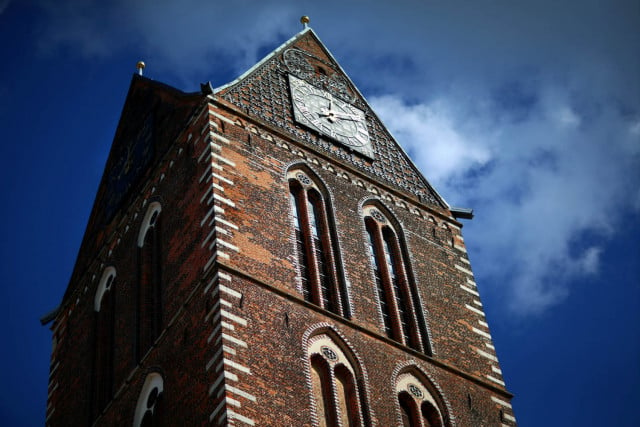
The tower of Wismar's Marienkirche. Photo: DPA
The black-and-white panorama peers out over the Wasserkunst Wismar – an ornately decorated 16th century wrought-iron water fountain – and the Wismar marketplace, a quaint town square engulfed with buildings with architecture styles ranging from 14th-century North German Gothic to 19th-century Romanesque revival.
They include, not surprisingly, the city’s oldest town house, the Alte Schwede (built in 1380), whose name alludes to when Wismar was under Swedish occupation from the Thirty Years' War in the 17th century to the beginning of the 19th.
The film’s open scene also spans the Wassertor, the city’s only surviving Medieval Gate. The Count first enters through it, holding his sleeping coffin under his arms. Originally the Tor was linked with five other gates which held together a four metre high wall. They are apparently effective in shielding the Stadt from rising tides, but perhaps not vampires.
A vampire becomes visible
Nearby is the Heiligen-Geist-Kirche (Congregation of the Holy Ghost Church), in which two scenes of Nosferatu were filmed. In the first, the protagonist Hutter departs to Transylvania in order to visit a then-seemingly innocuous new client who plans to buy a house in Wisborg. In a later scene the ‘client’, then revealed to be a certain Count (appropriately played by actor Max Schreck, or Terror), is gleefully running through the courtyard with a coffin under his arm.
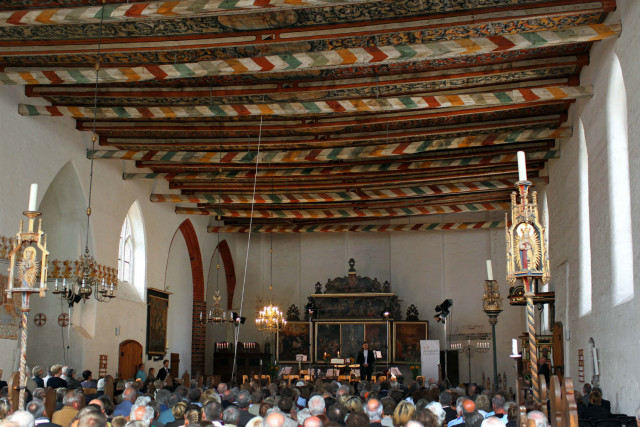
Inside the Heiligen-Geist-Kirche, whose ceilings are painted with religious art. Photo: DPA
I stepped inside the church when seeking refuge from the rain, peering at the painted wooden ceiling which depicts scenes from the Old Testament. The church, built in the 15th century, still hasn’t strayed from its mission of collecting donations for the poor. I purchased a small coffee, glancing out of the foggy Fenster (window) to the courtyard, which church services are uniquely held.
As the rain began to fade, I set out toward the harbour, in which a deadly ship in Nosferatu pulls to the shore. The captain and the crew have become the vampire's latest victims, and the town's people still innocently think they are simply infected by the plague. Orlock further travels into the fear-struck city, into the brick gothic houses, until he has feasted on his last victim.
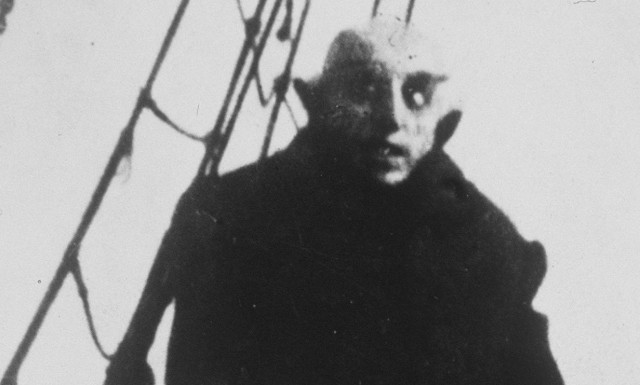
Vampire on board: In this still from Nosferatu, the Count counts his victims one by one. Photo: DPA
Back to the present
As with many German cities, the summer sun in Wismar emerged again around 5 p.m. The shadow of a vampire began to fade, and my friend and I sought out the seafood stands that lined the coast, as well as the little gift shops there.
Wismar was beginning to look like an cute, Hanseatic German town, a mix of small houses and buildings, with locals beginning to saunter down the now-dry streets.
Wisborg had faded into fantasy again, and Wismar began to shine in seaside splendor.



 The pickle harvest in Kasel-Golzig in the Spreewald on July 17th. Photo: DPA
The pickle harvest in Kasel-Golzig in the Spreewald on July 17th. Photo: DPA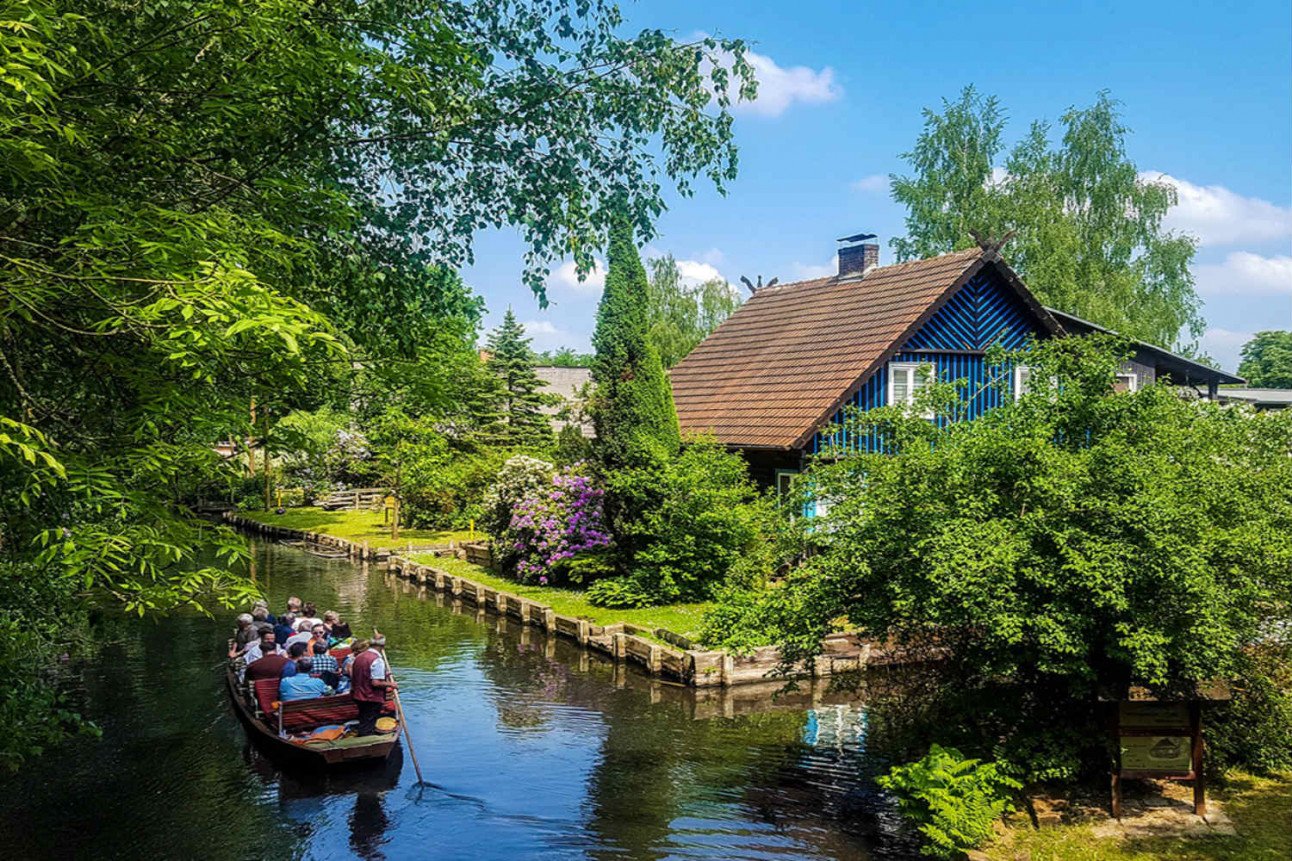
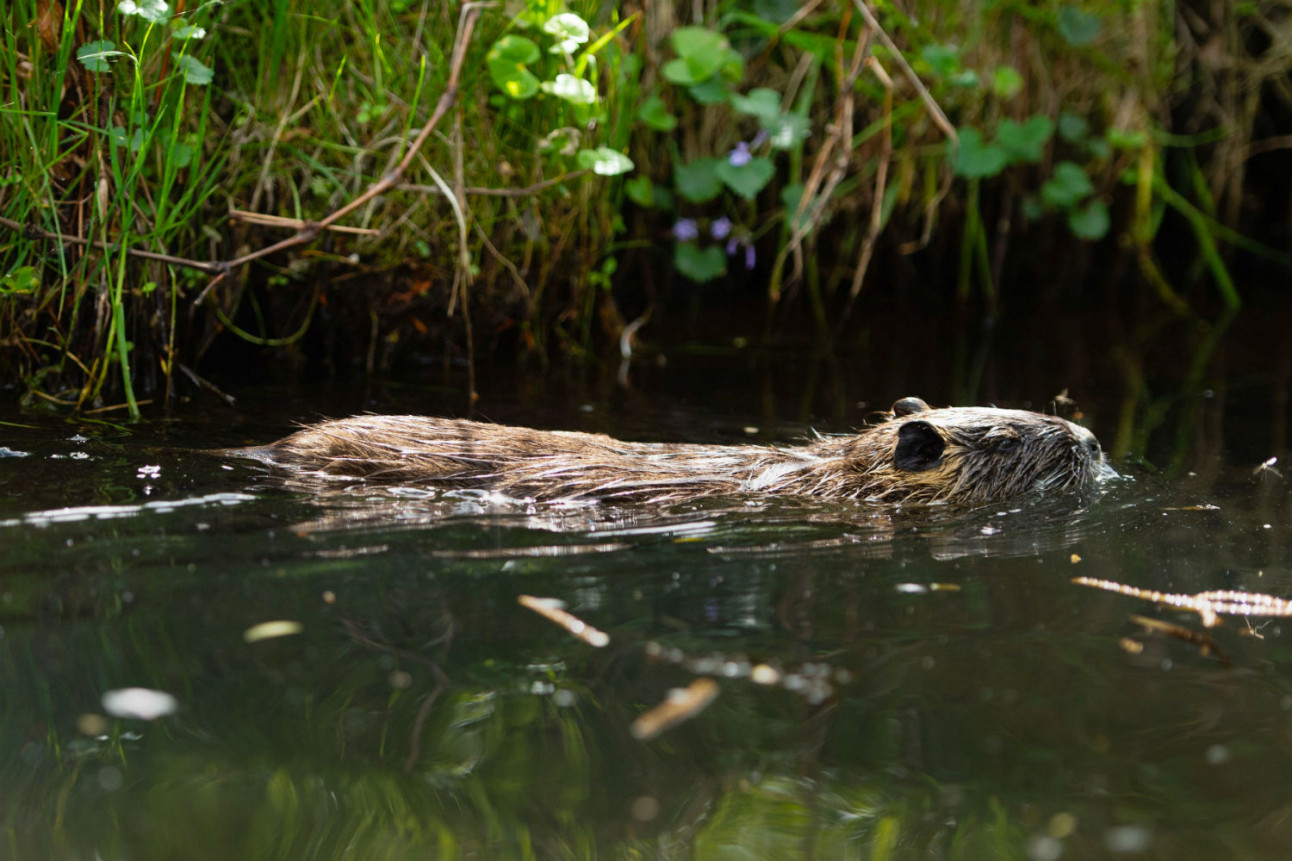
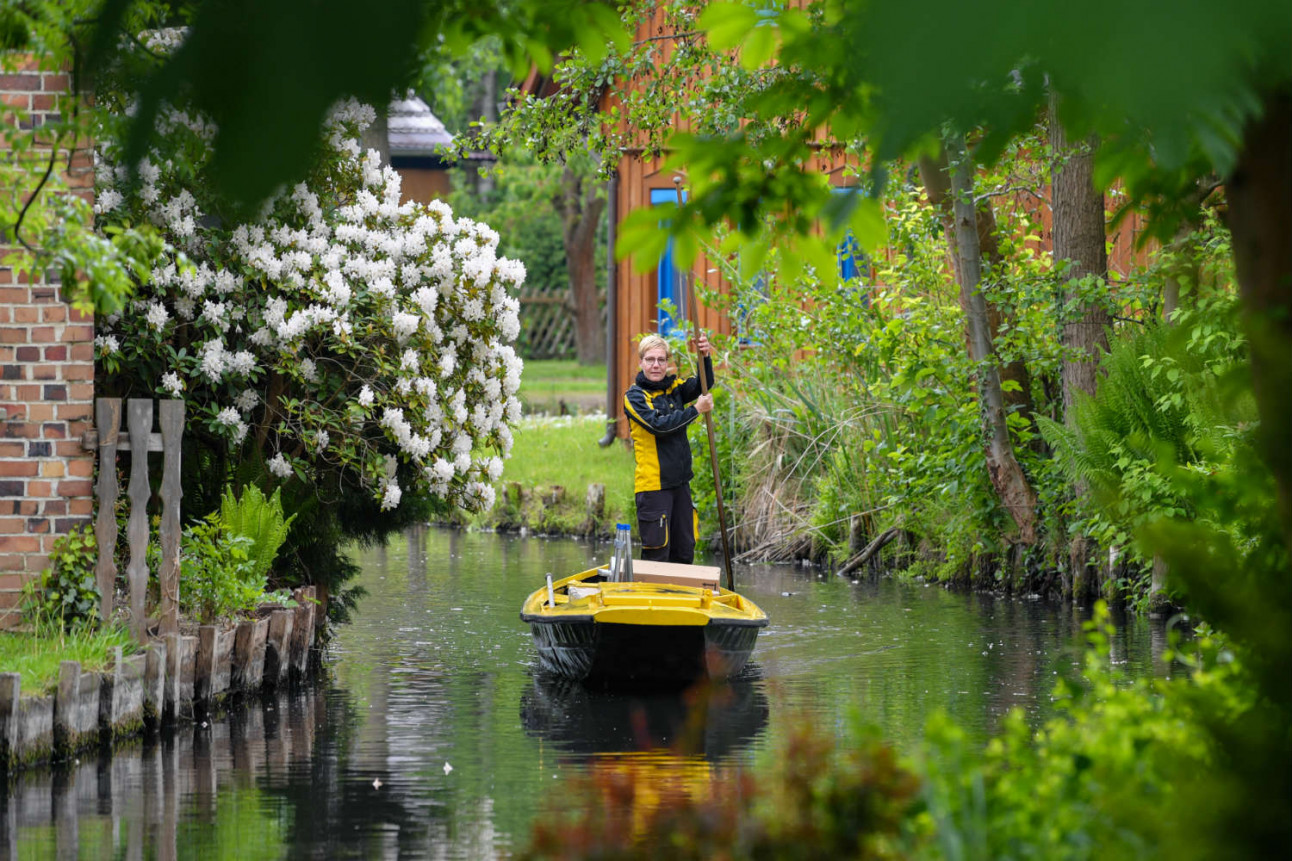
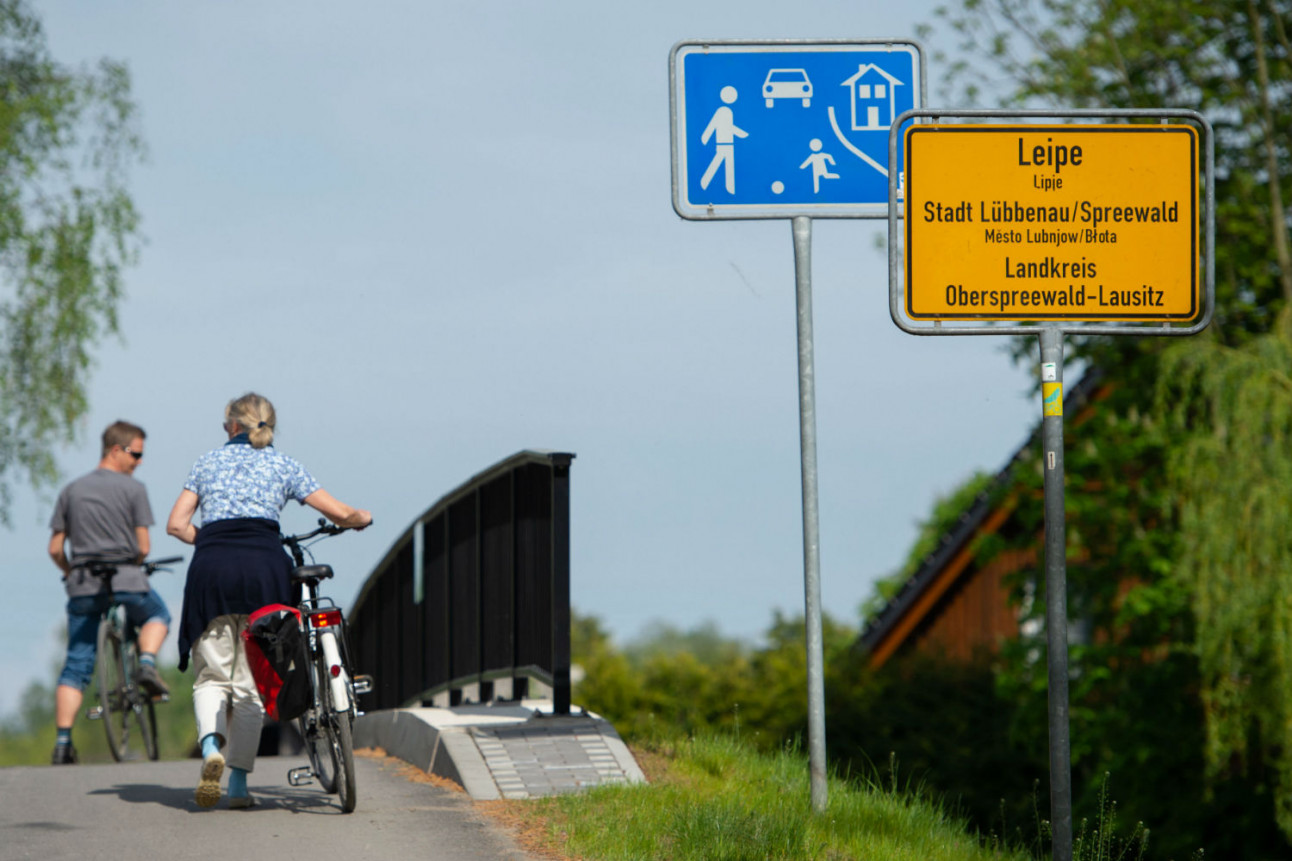
 Please whitelist us to continue reading.
Please whitelist us to continue reading.
Member comments